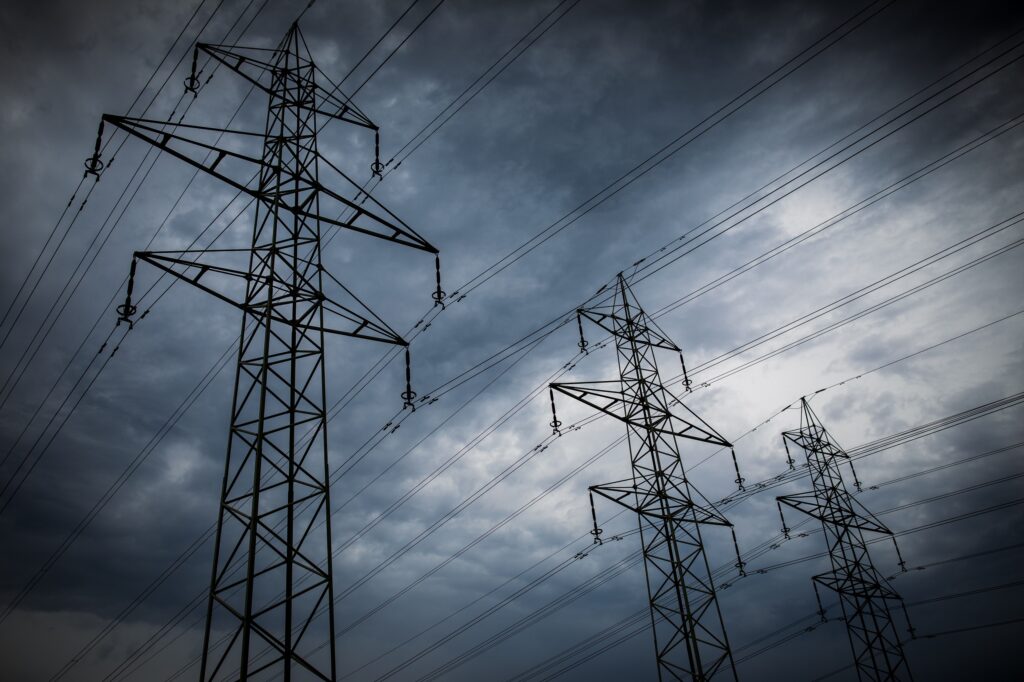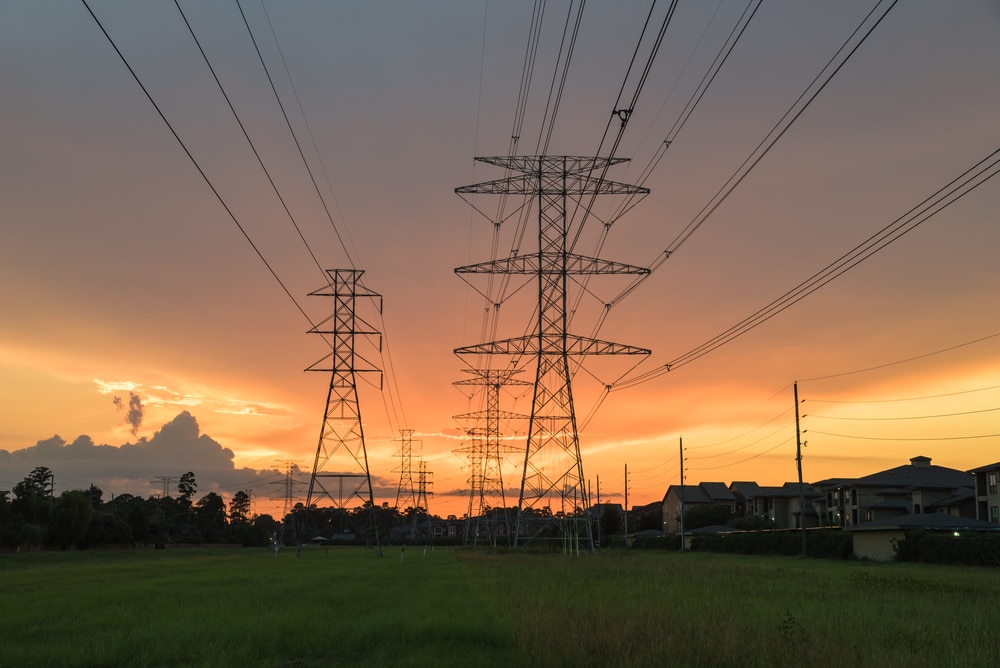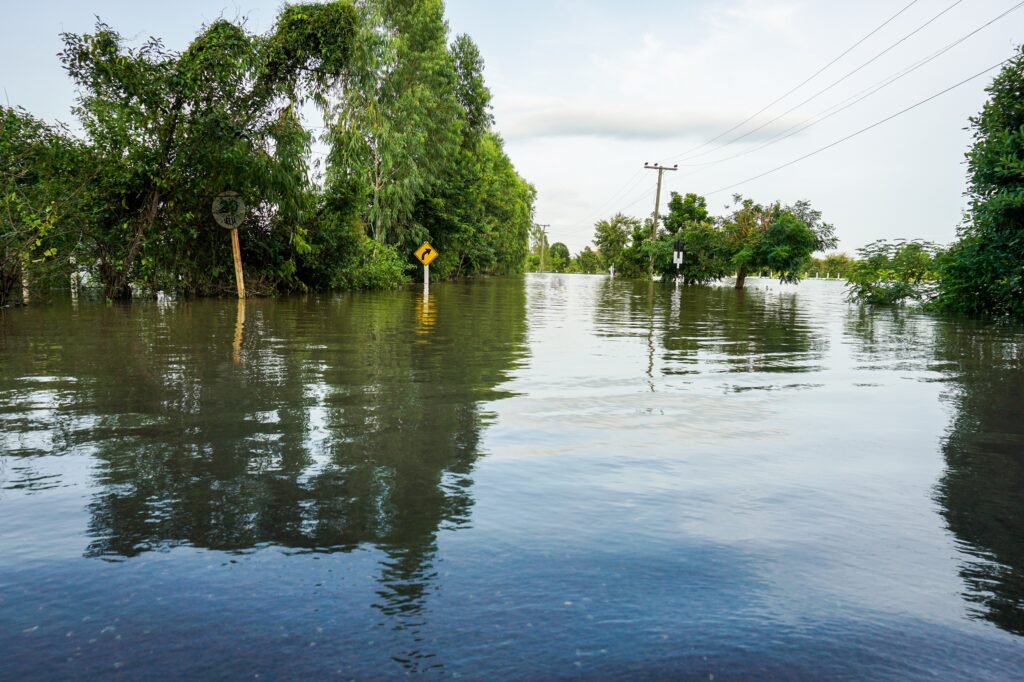Biden Gets It Backwards on Clean Energy Subsidies
But the time for subsidies (if there ever truly was one) has passed, as technological advances have cut the cost of generating power from wind and solar plants substantially. In fact, the Energy Information Administration estimates of wind and solar generation by 2031 without Build Back Better subsidies are nearly identical to the Congressional Budget Office’s expectations with the subsidies. That these subsidies are expected to have such negligible effect should be a clue that something else is holding back clean-energy development.
The biggest obstacle to getting more clean energy on the grid isn’t federal spending. It’s regulation.
Unnecessary red tape is inflating the costs and delaying the construction of projects needed to reduce emissions everywhere you look. For example, roughly twice as many clean-energy projects are currently held up under the National Environmental Policy Act (NEPA) as fossil-fuel projects. The average project’s NEPA paperwork timeline has ballooned from one to five years, and related environmental lawsuits can delay clean-energy projects for decades. These legal obstacles badly need to be streamlined if anything close to a clean-energy build-out is going to be possible.
…
Uncoordinated interstate planning requirements can add a decade to building long-distance transmission lines. Stronger guidance from the Federal Energy Regulatory Commission can make those parties work together and shave years off the process. Incorporating competitive market forces into how utilities are paid can speed up adoption of grid-enhancing technologies (GETs) that improve transmission-line capacity, reliability, and efficiency. Payment structures should reward low-cost innovative solutions like GETs, not encourage utilities to find slow and expensive ways to solve the same problem, as they currently do.







